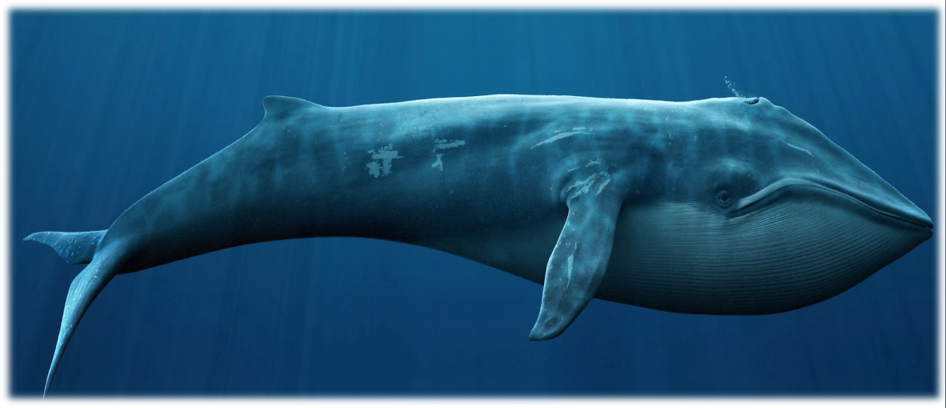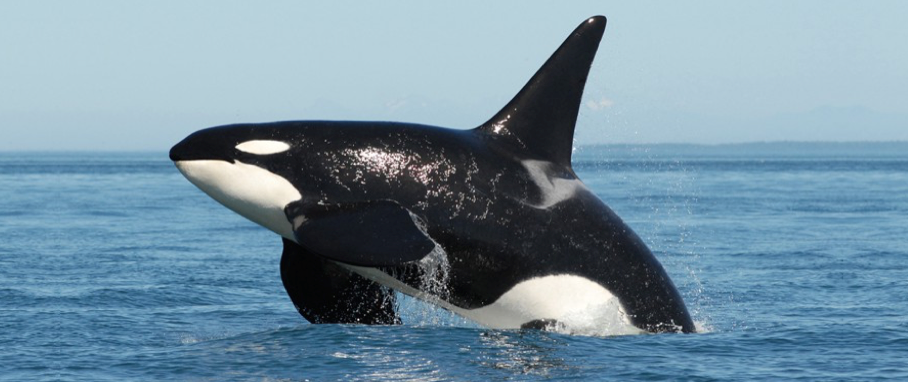Grab
your camera and get ready for an amazing spectacle!
Cabo San Lucas and SolmarResorts are very happy to announce the arrival of the whales.
From December to
March, three different types of whales return to their home away from home.
Whales are
fascinating mammals. Keep reading if you’d like to know more about the whales
that visit our part of the planet.
BLUE WHALES
- The heart is about the size of a Volkswagen bug.
- 100 feet in length and weighing up to 200 tons.
- A whale’s tongue can weigh as much as an elephant.
- An adult blue whale consumes about 3.5 tons of krill a day.
- Baby blue whales weigh 2.5 tons at birth and are 25 feet long.
- The estimated number of blue whales worldwide is 10,000 - 25,000.
- The gestation period is about 11-12 months.
- Blue whales have a life expectancy of 80-90 years.
GRAY
WHALES
- They have no teeth.
- Gray whales can measure up to 50 feet in length and weigh 40 tons.
- Their gestation period is about 13 months.
- Life expectancy is 55-70 years.
- Every year, Gray whales make a 15 to 20 thousand mile roundtrip between the icy seas between Alaska and Russia to the warm waters of Baja California Sur.
KILLER WHALES
· Killer whales, or Orcas, are hunters and eat fish, squid,
seals and other marine animals.
· Mothers give birth every three to ten years, after a 17-month pregnancy.
· Orcas are immediately recognizable
by their distinctive black-and-white coloring
· They are intelligent, trainable mammals and
some are stars in aquarium shows.
· Killer
whales can weigh up to six tons, about the same as a bus.
· Average life span in the wild ranges from 50 to 80 years.
This
is a natural phenomenon you don’t want to miss!


